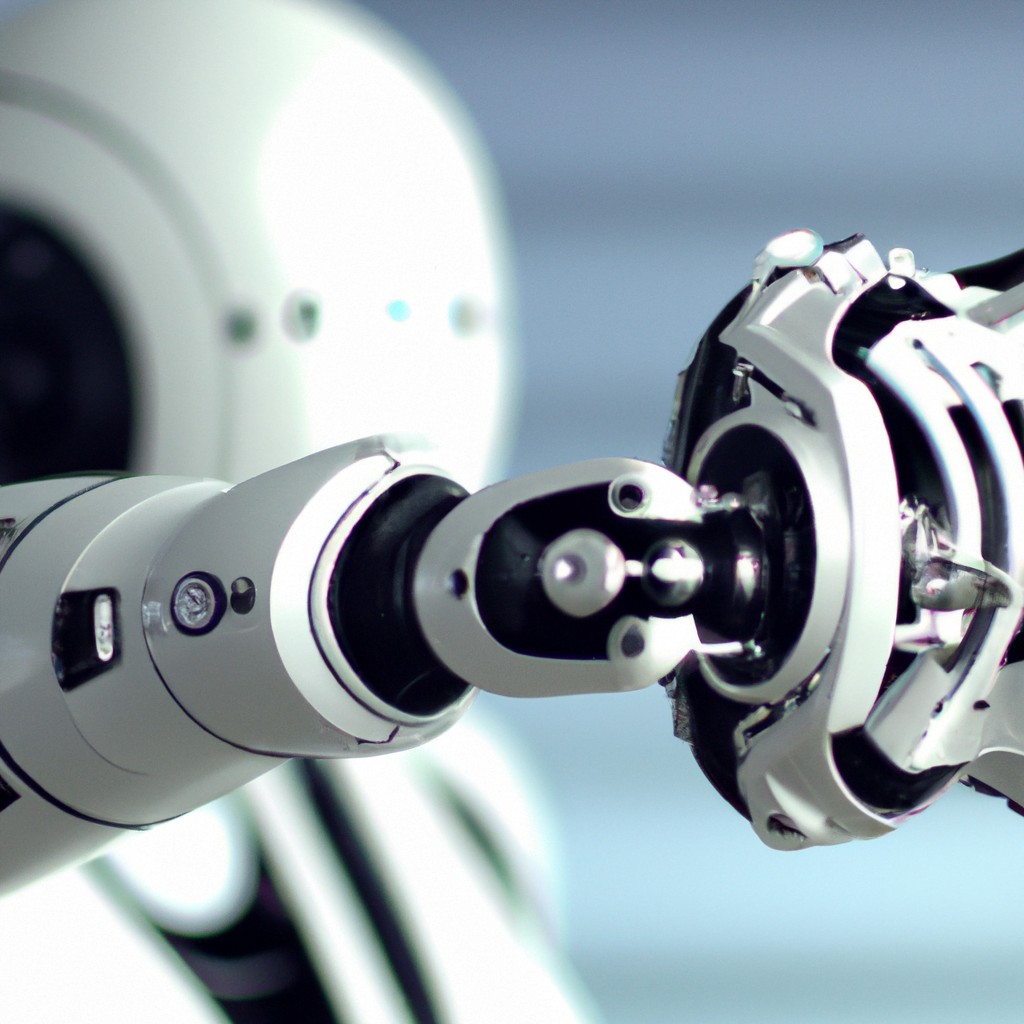Revolutionizing Robot Mobility in Complex Environments
Robotics technology has made great strides in recent years, but one of the challenges that still needs to be addressed is the ability of robots to navigate crowded environments such as public spaces or busy urban roads. To be truly effective and useful in the smart cities of the future, robots will need to be able to navigate these environments safely and efficiently, without colliding with objects or people.
Researchers at the University of Zaragoza and the Aragon Institute of Engineering Research in Spain have developed a new approach to improving robot navigation in crowded environments. The researchers utilized machine learning algorithms and intrinsic rewards to encourage robots to explore unknown areas in their environment and to learn how to navigate more effectively over time. The approach was tested using two different models, one incorporating an intrinsic curiosity module (ICM) and the other based on random encoders for efficient exploration (RE3).

The simulations carried out by the researchers showed that their approach outperformed existing state-of-the-art methods for robot navigation in crowded spaces. The results suggest that intrinsic rewards could be a valuable tool for roboticists to use in training robots, enabling them to handle unforeseen circumstances and navigate safely in dynamic environments.
Intrinsic rewards are rewards that an AI agent receives for performing behaviors that are not directly related to the task it is trying to complete. In this case, the researchers used intrinsic rewards to encourage the robots to explore their environment in different ways, allowing them to learn how to navigate more effectively over time. The approach was designed to be used during training, allowing the robot to try different approaches and learn from its experiences.
The success of the approach developed by the researchers suggests that intrinsic rewards could play a valuable role in enhancing robot navigation in the future. The researchers plan to continue their work, exploring new ways to improve robot navigation using machine learning and other advanced technologies. Ultimately, the goal is to develop robots that can navigate complex environments safely and effectively, enabling them to play a more significant role in the smart cities of the future.





